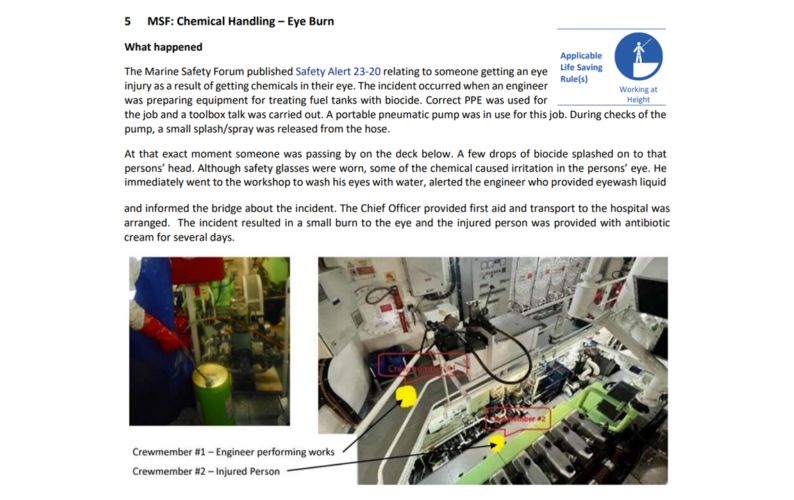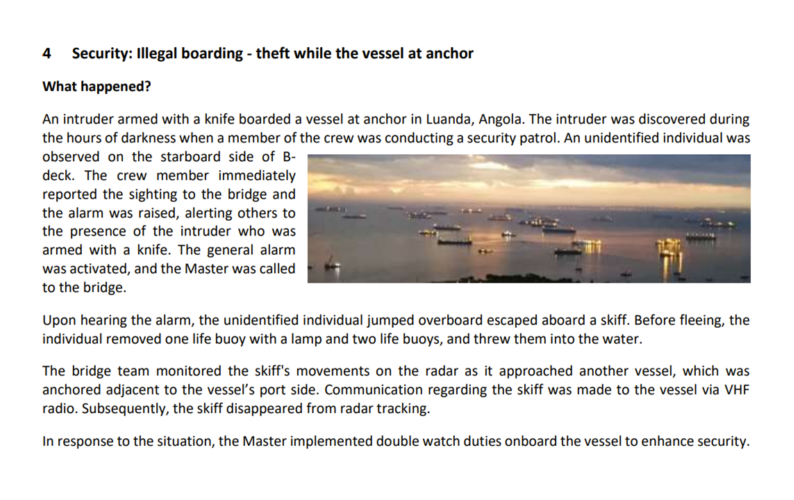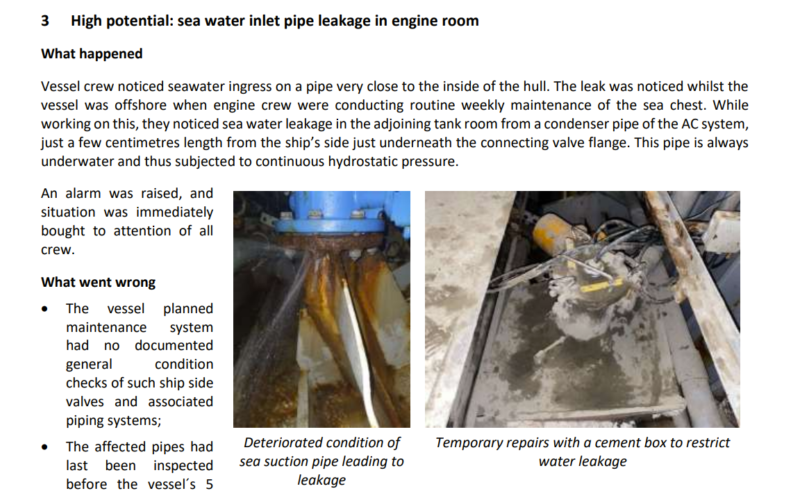Cause & Consequence
- Uncontrolled release of a flammable gas or liquid
Incident Location
Fixed Installation
Incident Activity
Production operations
Specific Incident Equipment
Oil outlet pipework from test separator.
Lessons Identified
The corrosion circuit which this pipework was included on was regularly inspected from 2000 until 2008 with minimal wall thickness loss observed. A dramatic increase in wall thickness loss occurred (6.5mm) in the following 3 years until this failure occurred (2.2 mm/yr). Planned inspection in 2010 did not take place on this failed line, and only selective ultrasonic testing and radiography took place on 30% of 2" lines, and none of the 6" lines due to previous history of minimal wall thickness loss. Metallurgy confirmed perforation at 6 o'clock was due to through-wall corrosion pitting, initiated by under deposit corrosion, corresponding with build up of thick deposits during slow flowing, or stagnant conditions. The test seperator was only used for intermittent well testing. Therefore process pipework not routinely flushed, or purged after well testing, creating dead legs with stagnant conditions. Test seperator was used to gross flow fluids due to an issue with instrumentation on the produced water side therefore oil outlet was wet, and stagnant fluid was not purely dry oil. An operational risk assessment (ORA) was in place for the defective instrumentation, but it did not take account of impact on integrity of associated pipework. There was no 'operational' dead leg register. No chemical management took place on this 'operational' dead leg (i.e. corrosion inhibitor or biocide) There was a lack of notification to the integrity group of the existence, or longevity of operational deadlegs.
Incident Recommendations
Improve management of 'operational' dead legs.
Identify periods of significant stagnant operation on vunerable systems.
Ensure Risk Based Inspection (RBI) assessments, inspection coverage recommendations and recommended inspection techniques are appropriate where deadleg conditions exist, and highly localised corrosion mechanisms are possible, or have previously been observed
Ensure integrity personnel are consulted on operational risk assessments affecting the way pressure systems equipment is operated.
Consider review of material selection for known problem areas.
Review chemical management of test separators.
Rate this alert
Average Rating
Latest Alerts & Moments
Our searchable catalogue of hundreds of Safety Alerts and Safety Moments are all designed as learning resources that can help improve workplace safety.


